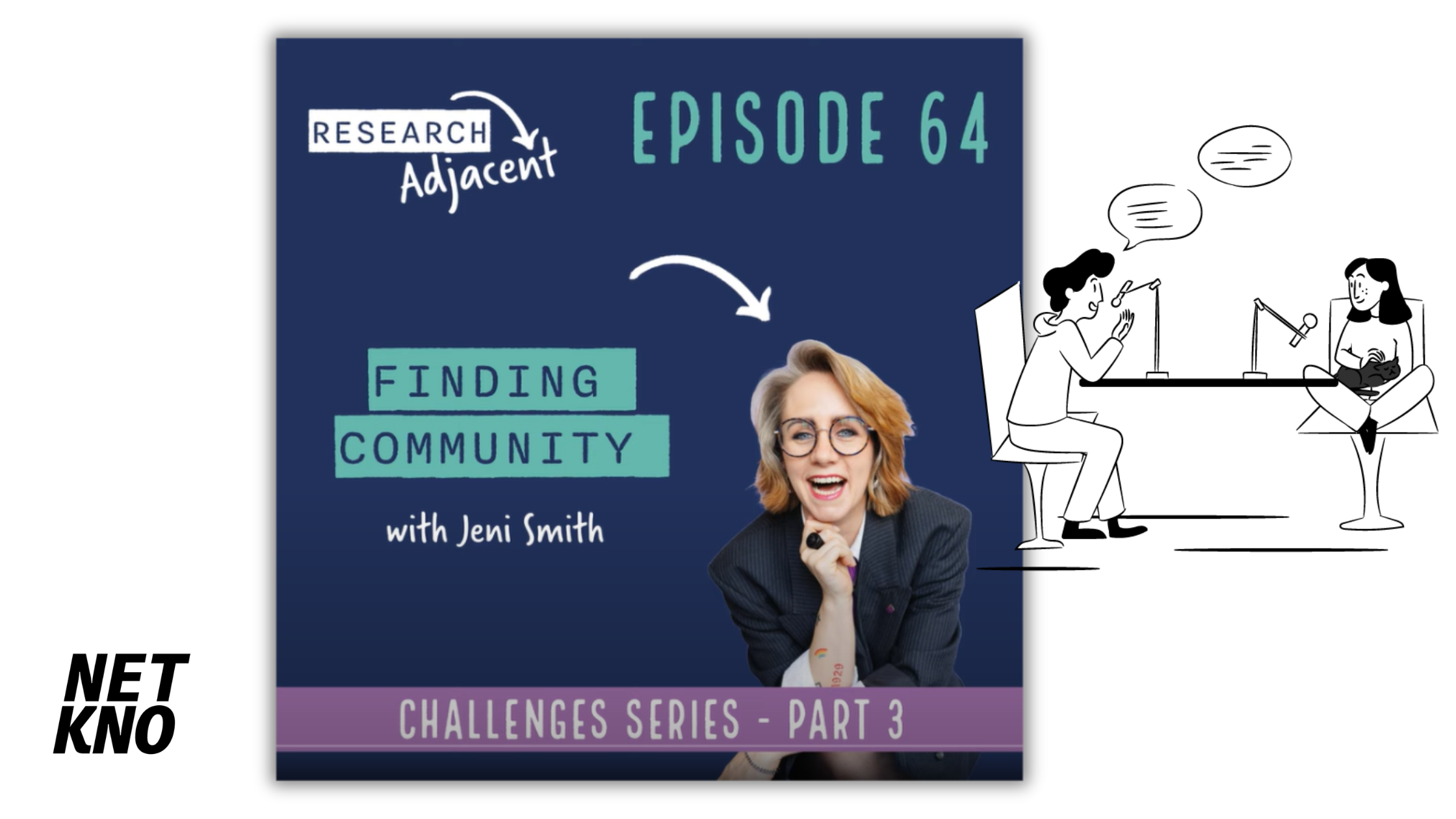One of my lock-down loves is Audible. I discovered it last month and have inhaled three books since. I’ve always struggled with reading to be honest, so sitting down with a book always felt like more of a chore than a form or relaxation.
So the discovering of gaining access to the information within these books I longed for without the stress of actually reading has been pretty life changing!
Anyway, my latest listen is ‘12 Rules for Life: an antidote to chaos‘ by Jordan B. Peterson, a fantastic book I highly recommend with a great mixture or philosophy, religion, science and humour. Within rule 9, Assume that the person you’re listening to might know something you don’t (a great rule to live by regardless of reading the book or not), he talks about the action of thinking.
I have to say I’ve never really thought about thinking before (ironically), it was always just something I did, and that I assumed everyone just did.
He explains the act of thinking as having multiple internal conversations simultaneously.
Multiple points of view being expressed by multiple little voices all trying to get their own opinions across all at the same time. If that wasn’t hard enough, we also have to listen.
Not only do we have to internally articulate all these different voices and express multiple opinions, we also have to listen to each of them all at the same time!
It’s hard work just thinking about it!
He goes on to explain that this is one of the reasons why talking to other people is so valuable – it allows our brains to simply talk, giving us the ability to focus our energy on organising and articulating the jumble of thoughts and ideas we have without the pressure or simultaneously listening too as we now have another human there to listen for us.
So really, talking isn’t just sharing information, it’s actually problem solving out-load. (Hence the huge benefits of therapy.) Amazing!
This revelation set me off on a road of discovery to find out more about the way we think and subsequently process these thoughts, and it turns out there’s a whole lot more to it than I ever realised…
Similarly to people being prone to either introverted or extroverted tenancies (I wrote another blog on this not too long ago you can take a look at here), the way in which we’re programmed to process our thoughts can be attributed to either internal or external.
(Before I go on I want to point out that the two are not interlinked; just because you’re an extrovert doesn’t mean you’re an external thinker and visa versa.)
Here’s a great description of the two ways of processing from Sarah Bircher in her article ‘Internal vs. External Processing: What is Your Thinking Style?’
Different Ways to Process the Same Information
External Processors think out loud. They love brainstorming sessions because they get to work through their ideas with other people, and will often talk themselves through tasks. Without an understanding of the importance of this activity to an External Processor, others can find them too chatty or think they are flighty as every thought gets put into words and they seem unable to settle on one and move forward. Too often this leads to people jumping in and offering fixes or solutions before the External Processor has even organized their thoughts. Or if they are a leader, their team may believe that every comment is a directive and spend a lot of time accomplishing ideas and tasks that were not fully baked.
Internal Processors have likely been called quiet throughout their whole life. They prefer meetings to have a clear agenda offered in advance so they can get their thoughts together, and need time to be alone with their ideas so they can understand them. Unless other people understand what is happening, Internal Processors can discover that others take their silence as personal, or that others do not see them as a team player because they don’t jump into the fray with their ideas. Often, Internal Processors are the team members that attend the next meeting wanting to talk about everything discussed at the last meeting –and others feel that the team can never move forward because every meeting is a regurgitation of the prior session.’
I’m not going to lie this blew my mind! I ran through so many situations in my head with colleagues, friends, family members or people I’d met in the past and the pieces just fit. I understood why I behaved the way I did, why they’d behaved the way they did, and more importantly why those differences in communication had sometimes caused issues.
Understanding that we process our thoughts differently is a huge leap in the right direction for building more effective relationships both personally and professionally.
Recognising a person’s processing style will enable to you give them what they need in order to help them express their thoughts, ideas and opinions, and that’s what networking’s all about: Building relationships in order to share knowledge, as knowledge is what enables us to grow as individuals and to grow our businesses.
If you’re interested in what type of thinker you might be, and how to best communicate with others based on your/their style there’s a great blog I found on the subject here.
To learn more about networking take a look at our wonderful online courses HERE!



